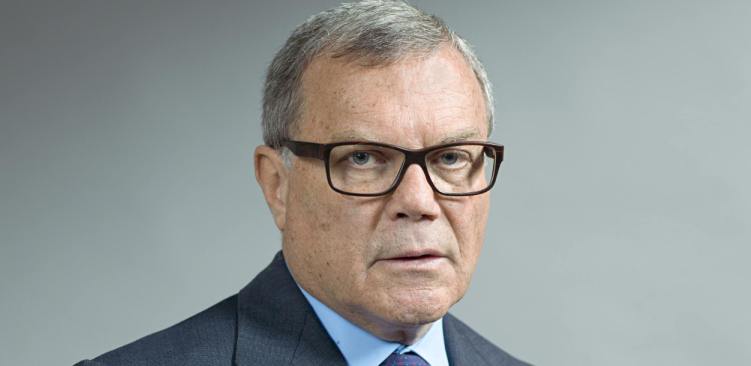WPP boss Sir Martin Sorrell has taken aim at online views of videos on platforms like Facebook, arguing their measurement standards “are very low”.
The head of the world’s biggest marketing company holding group, speaking at today’s Future Forum event in Sydney via video linkup, argued the standards to video viewership in online media, such as Facebook, need to rise.
“The viewership on video on Facebook, which is getting a lot of play and is very sexy, it’s at the other end of the spectrum to legacy print, the standards that are applied to viewership are very low,” he said.
“About half of all video is watched online without the sound. The scale that is used for viewership is three seconds – that is ludicrous – in relation to the hurdle the TV viewer or viewablity or the standard newspaper readership has to meet.”
“The hurdle that a Nielsen applies to offline viewership or offline readership is much higher than the standard that online measurement services apply.”
Sorrell said WPP’s media buying holding group GroupM, which includes Mediacom, Mindshare, MEC, Maxus and Xaxis, has “taken a very aggressive position of C+7, viewership on three to seven days to capture all the screens people are watching”.
He said the group has also been very aggressive with its largest client Unilever “about what constitutes viewability online”.
Sorrell also argued media owners need to look “at media ownership in the fullest possible way”.
“It’s dangerous to separate legacy print that’s felling trees and distributing newsprint and online print and similarly very dangerous to separate print from television, radio and the other media,” he said.
“What I think media owners, or newspaper owners have to do is to look at it as not legacy print or online and journalists to be prepared to exhibit their talents across everything.
“You have one editorial platform. The journalism from that platform permeates everything and anything. The days of separation are gone,” he said.
Sorrell argued the “pendulum has swung too far to some of the online media” but it is moving back, in some respects, “to traditional media and giving them a little boost and a potential improvement.”
When asked about the rise of programmatic Sorrell was clear it is here to stay.
“You can’t fight the rise of programmatic,” he said.
“Algorithmic trading is going to become more and more important but newspapers can demonstrate the audiences they are reaching. What our clients want is highly targeted media planning and buying.
“We overlay programmatic with data and technology. We are not just selling a programmatic solution, we are selling data and technology at the same time through our agonistic platform Xaxis,” he said.
Taking aim at Google, Sorrell continued: “You wouldn’t give your media plan if you’re a client to a media owner, so why do you give it to Google?
“Google monetises its inventory just like any other media owner. The same thing applies to Facebook, BuzzFeed, or with Snapchat. These are media owners.
“Our role is to have an agnostic, programmatic platform like Xaxis which gives our clients, with technology and data, the best way of reaching those audiences.”
Looking to the future, Sorrell urged delegates to experiment more: “We want to experiment, like our investment in Vice or Fullscreen or in Media Rights Capital which did House of Cards for Netflix, we’re experimenting.
“The same thing applies to legacy media companies – you have to change the engines on the aeroplane as you’re flying and you have to experiment,” he added.
“People are still going to read, they’re still going to watch but they’re going to read and watch in a different way. You can’t fight it.
“The pendulum swings, it probably swings too far and we’re seeing that in video, it’ll swing back and that will give traditional print and TV an opportunity.”

















